NEWS: CARVING AND FOIL VENTILATION !
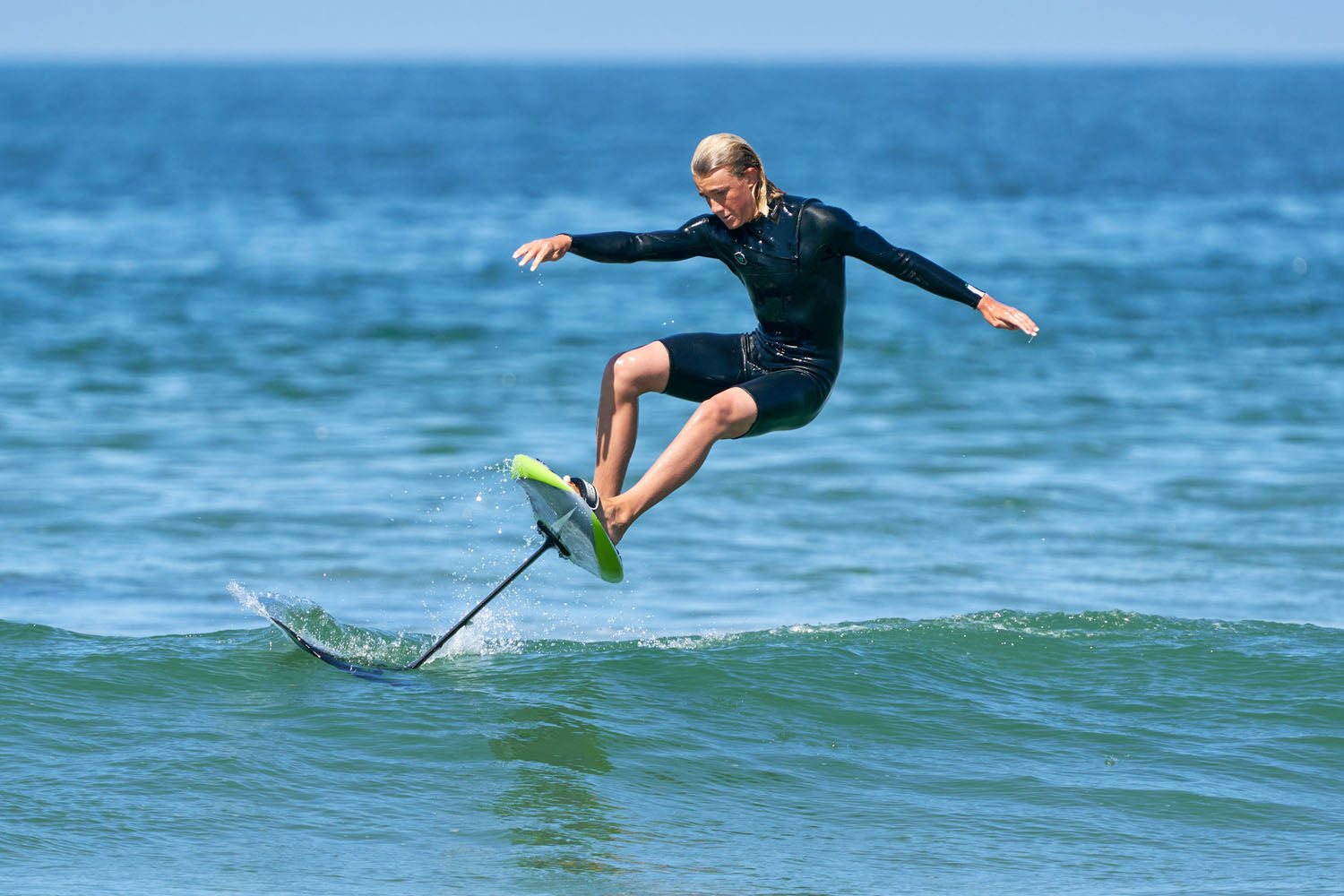
Speed opens the door to huge carves with a fair amount of angle on your mast, be it when edging against the pull of a kite or wing, or even when free-foiling during heavy turns on a wave. The rider’s sensations are then sky high, as is the sensitivity of your foil to the tiniest flow disturbance.
One of the phenomenons talked about on our forum is a feeling of braking coming from the tip inside the turn (or upwind when kite/wing foiling). The opposite tip of your foil ventilates, it sticks out of the water, and you need to quickly correct your stance/course if you do not want to fall. L’Ours directly answers on our forum and addresses this phenomenon, the influence of the stab and how to find and push the limits.
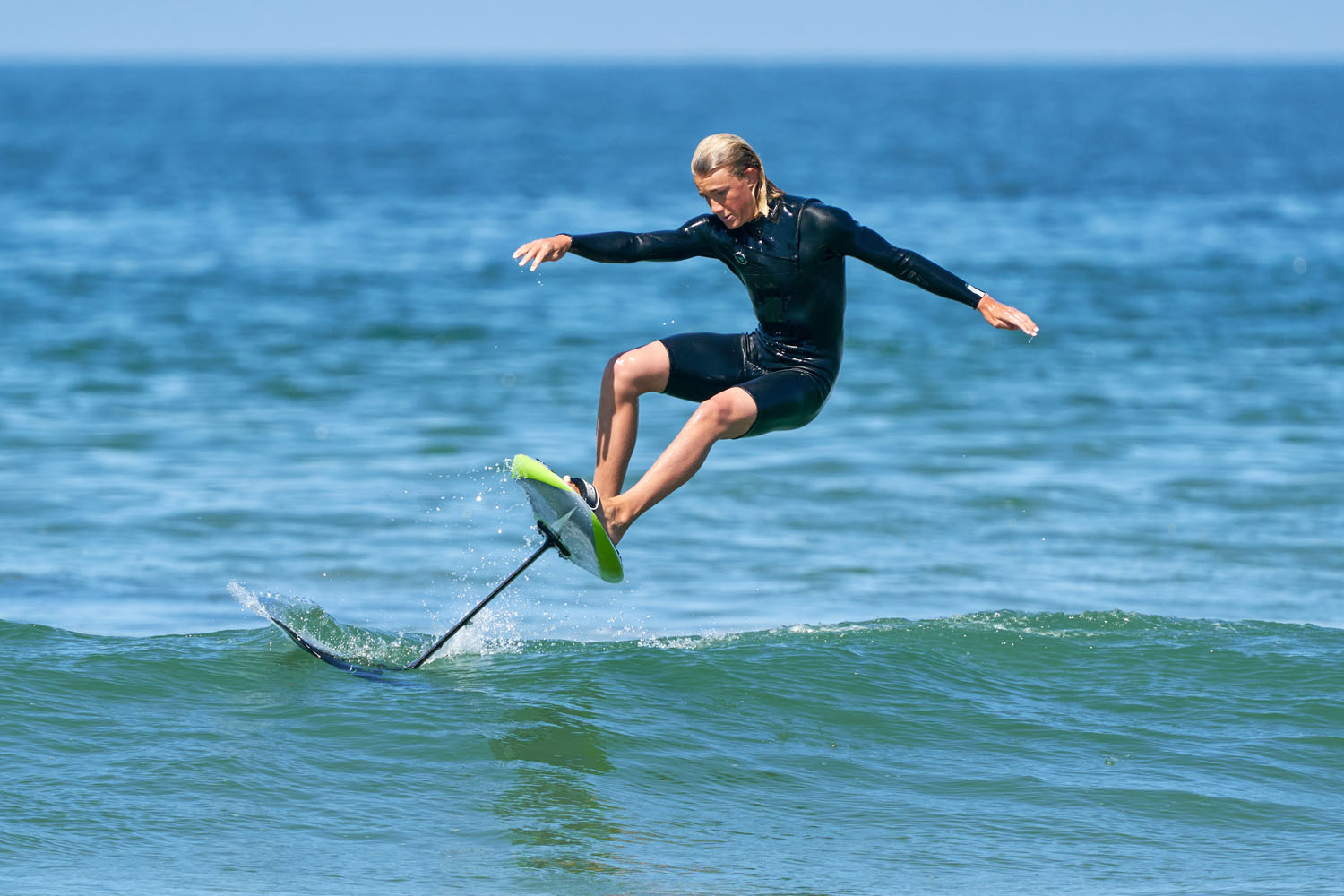
« Every profile has its limits. Yes you can get ventilation port-side on a left, it is quite common, and the foil finds itself pulled starboard-side towards the wave until it can get rid of the ventilation and regain its former flow. But it can also be due to a lack of speed and/or a too heavy stance on port-side that makes the foil cavitate or pre-cavitate. In this instance the foil is also slowed down and pulled port-side.
Especially when riding strapless with the feet quite offset for example. We push everything sideways and the flows start struggling around the wing/stab and mast. It is very easy to see when kite-foiling. When going straight, pull the front feet and push on the back, creating a sort of rotational constraint upwind. If you keep going you will eventually feel a sudden jolt in the foil : the mast skips. Conclusion : to avoid this phenomenon you need to avoid creating unnecessary rotational torque. Bear in mind that the Rise Stab totally negates that problem, and the Curve Stab negates it by half. But other high performance stabs will let the foil drift during some maneuvers.Finding the limits
« Turning can be done one of two ways :- By guiding the board while it is flat, so by pushing laterally on both feet and on opposite sides.
- By tilting the board, pushing on one side using both feet.
A limit that lies in the stance and when the stab is not neutral, for example if we compare a Fast 45 Stab and a Veloce 43 Stab
« The difference at launch is minimal. Same low speed lift before the flight. The big difference will be when it comes to the stance.- Fast 45 Stab : a lot more back foot, we aim for a 50/50 front foot / back boot balance.
- Veloce 43 Stab : a lot more front foot, we aim for a 20/80 front foot / back boot balance.
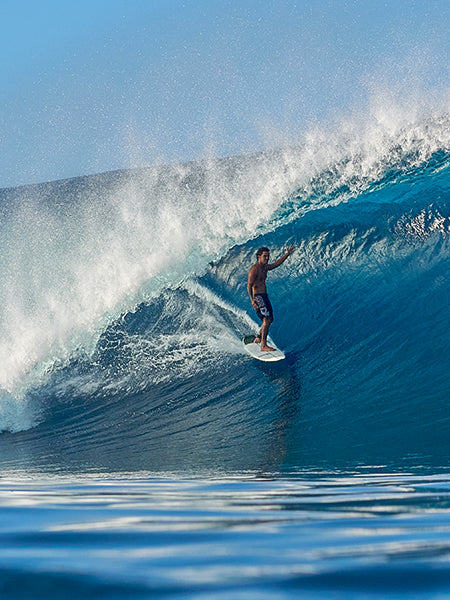
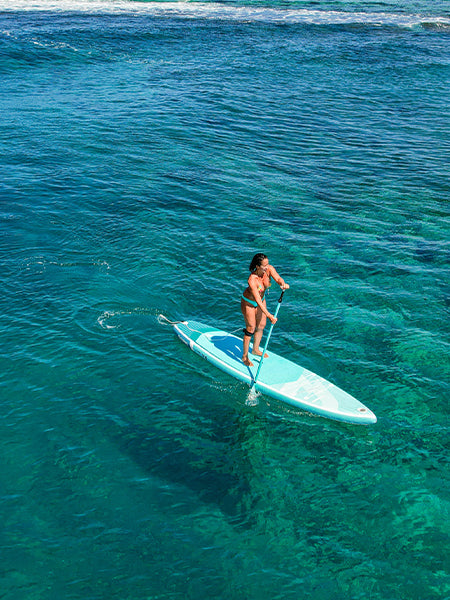
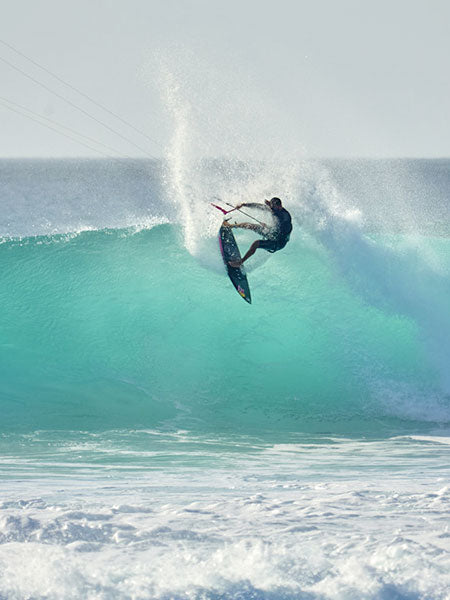
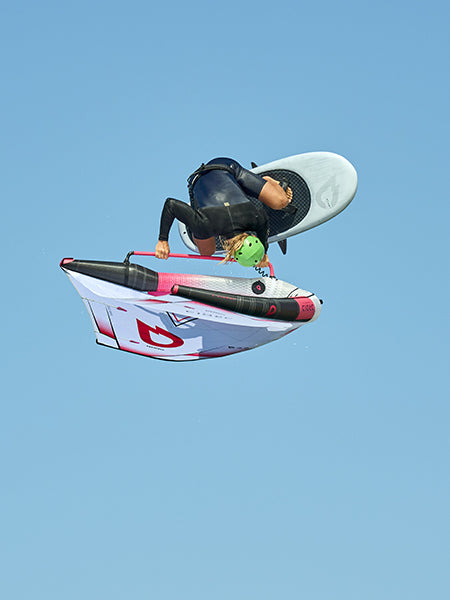
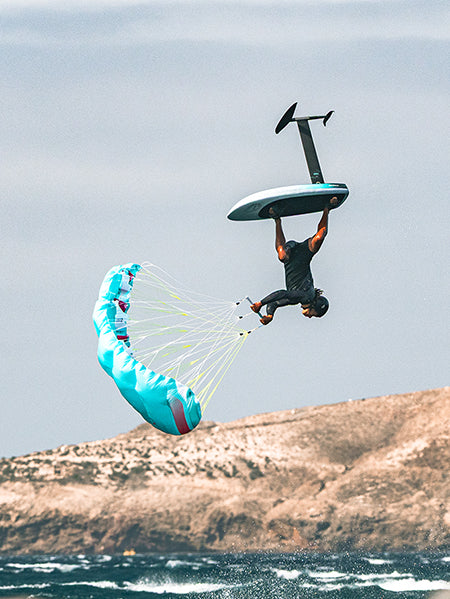
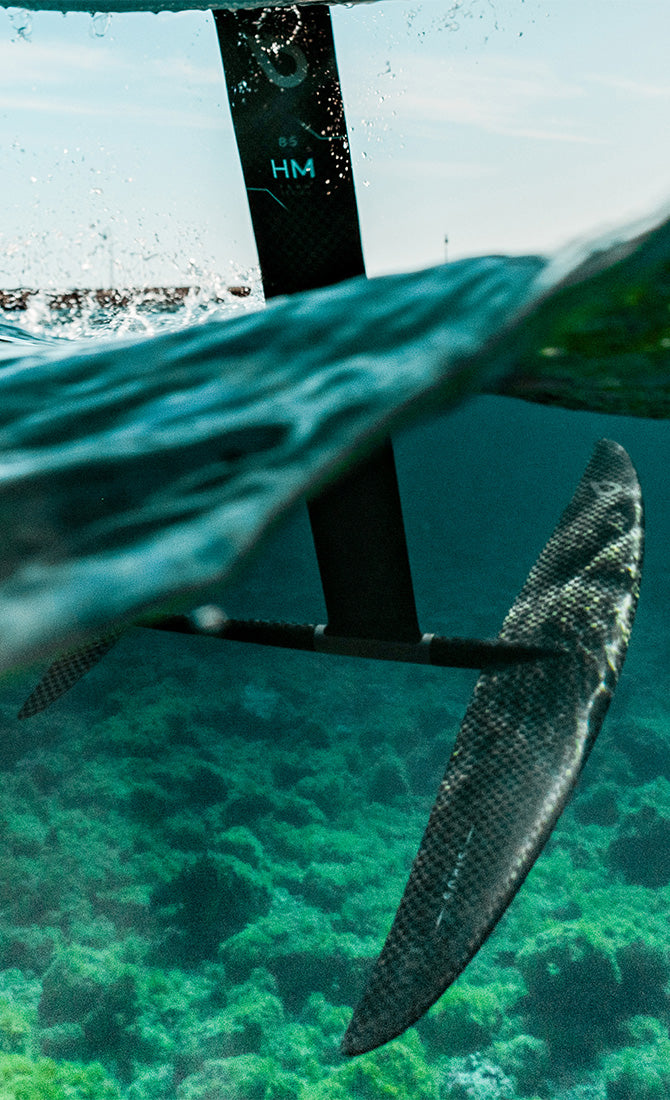
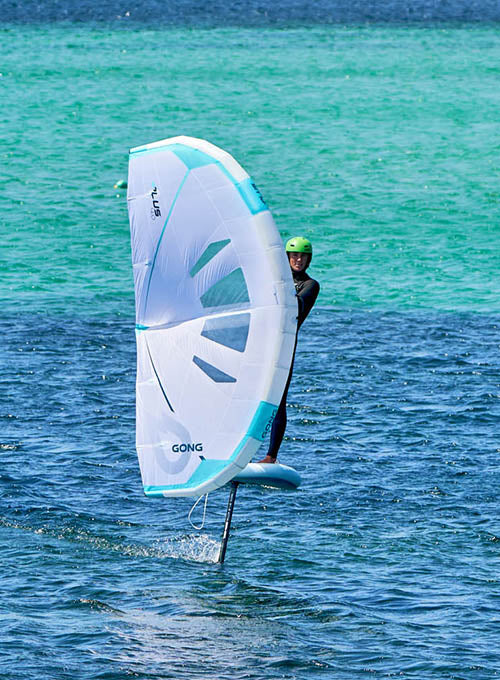



1 comment
Carrément top les explications! Ce sont des sensations qu’on a expérimentées, et corrigées, mais maintenant je comprends le pourquoi de certains comportements du foil.
Merci.